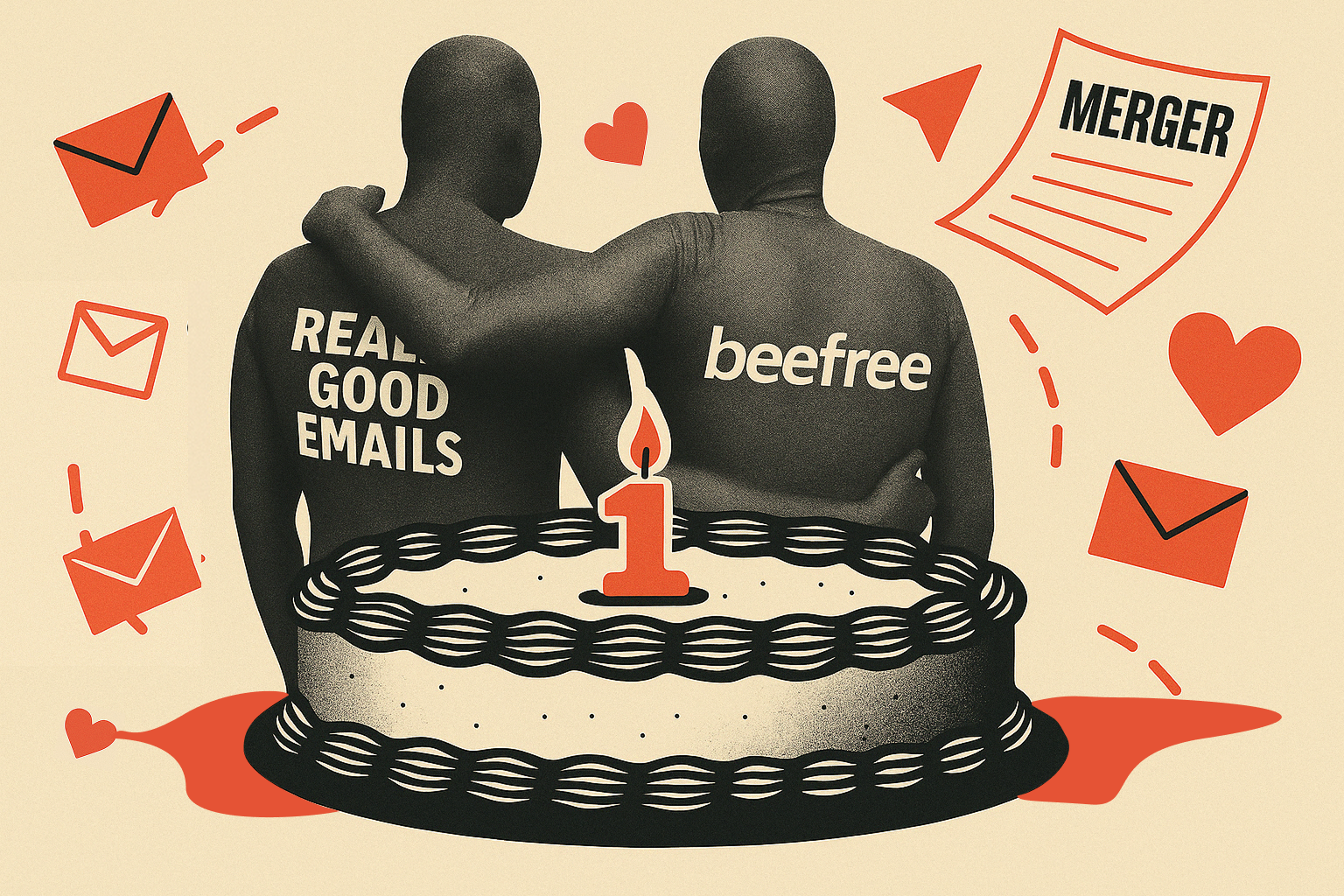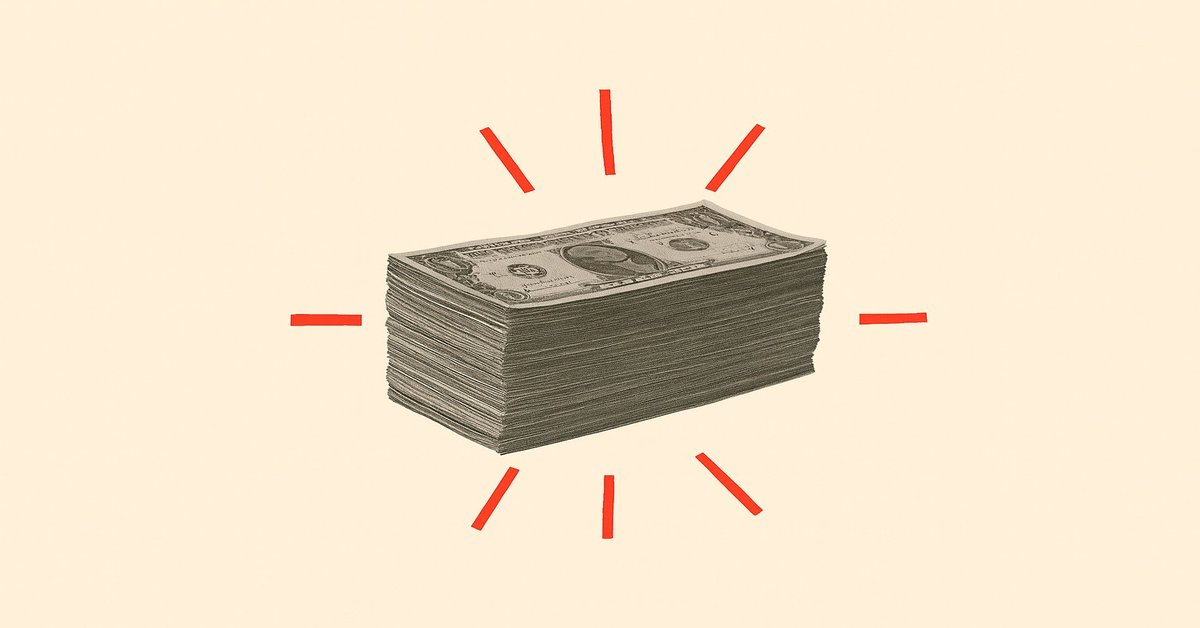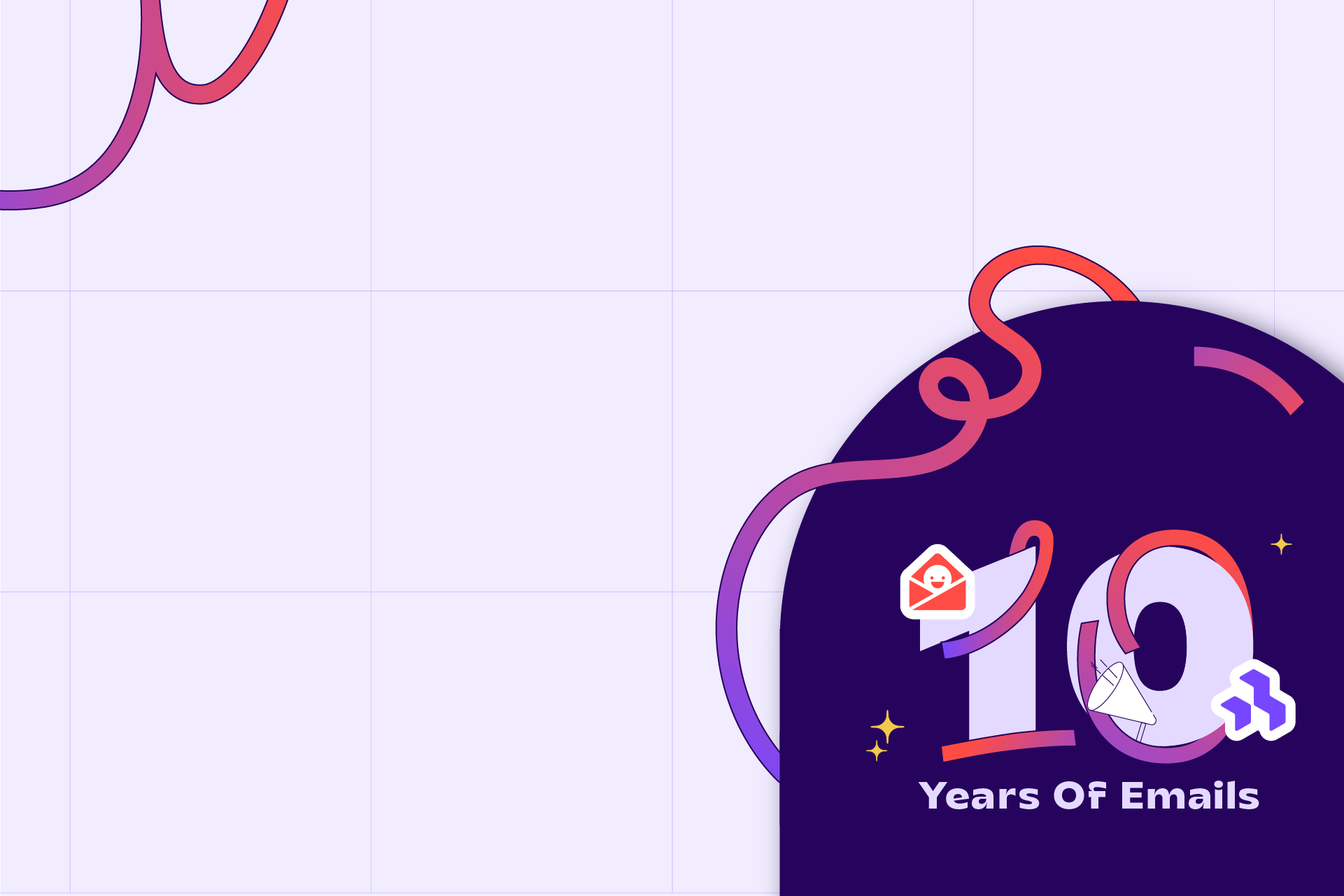Welcome to Greenville, guys. super excited to be here. Thanks, Mike and the Unspam team, for having me. I’m super excited. I really just want to share a little bit of perspective with you from the standpoint of how you can get the most out of your marketing and hopefully frame the value that each of you brings to your organization in maybe a different kind of way. As Mike said, I’m Jesse. I’ve got a lot of irons in the fire, that’s the phrase I keep using when I’m talking to people the last couple of days, but I’m ECD at Clemson University’s in-house creative team, so that’s kind of the one job. I’m also the creative director for Marketing Rhythm; my partner’s somewhere, Robbie, is somewhere back there, probably being hype man. We’re an email marketing consultancy right here in Greenville. This is a unique kind of collision of my worlds, being in the Clemson MBA space and also email and spam awesomeness happening today, so I really just wanted to lean into that collision of worlds. I’m first and foremost a brand guy, but I also specialize in email, and with these two areas of focus colliding I thought it was interesting to think about the way customers connect with brands and how that influences their relationship, and see if I can frame that up for you as a takeaway that pertains to how to demonstrate your value in your organization.
The idea of brand experience is a little bit of a buzzword, and it’s been around for a while. I’ve had the pleasure of unpacking it as part of my role with Clemson. We had a vice president who was really pushing us to invest in experiential marketing and activations as a way to surprise and delight audiences and to pop up and bring our brand into different contexts. We’ve done this a number of times, and we’re refining the way that we’re doing it, trying to make it more successful. I’ve thought a lot about this, and if you’ll humor me, I’m going to try to draw a comparison between what we’re here to talk about, which is email, and this idea of brand experience, and see if we can reverse engineer a takeaway from that today. I had the pleasure of going a while back to South by Southwest with my partner Robbie.
If you’ve never been to South by Southwest, it’s an enormous conference, fantastic programming, a massive trade show, and a lot to do. My favorite part is actually a place called Rainey Street. Has anybody been to Rainey Street before? It’s a part of town in Austin that gets totally taken over at South by Southwest. Entire houses and bars on Rainey Street get totally transformed into immersive brand experiences. The first time I saw Rainey Street was the first time I felt like I had experienced brand activation at scale, and it got my wheels turning about what this world looks like. Ahead of this talk, I dug into this year’s South by Southwest. I didn’t go, but I wanted to see what was happening, and I found articles about the Sharpie Paper Mate house on Rainey Street, the Paramount Lodge, the Delta SkyMiles Lounge, which sounds super fancy, and the Fallout Amazon Video activation, considerably less fancy but probably still pretty cool.
These activations are great for making a splash, generating PR buzz and social buzz, all that good stuff. But unless this guy’s your marketing director, you’re not going to be able to invest the same way Amazon or Paramount does. Why do brands keep pursuing this kind of thing and putting marketing dollars towards it? According to a roundup on experiential marketing by G2:
- 29% of brands use experiential marketing, making it one of the top five marketing channels,
- 84% believe it is crucial to their strategy,
- 40% of businesses believe conferences are an effective way of meeting objectives.
There’s a belief that these tactics work to drive positive brand experiences and create memorable moments with customers, and brands will likely continue to invest in them. So why are we talking about this stuff? Isn’t it all out of reach at the scale of these activations? Again, most likely, we don’t work with Scrooge McDuck. But if you’ll allow me, I’m going to propose that email creates positive experiences too, and they matter to people. They create relevant, lasting experiences, relationships, and that’s the key difference.
This is a snapshot of our model at Marketing Rhythm, how we operate as a consultancy in three core areas: email, automations, campaigns, and how we view audiences. So much of what we do is based on what we know about clients and their customers from a data perspective, and that informs everything. I could spend a while unpacking this but I’ll point you to Robbie for a deep dive; he could go on for days. I show you this to say that the ways email shines are often the ways brand experiences fall short, so I thought it would be interesting to compare.
If we think about email automation versus brand activations, with activations, you tend to treat everyone the same no matter how deeply ingrained in the brand they are or where they are in their journey. You have one opportunity to create an experience that feels the same regardless of who is experiencing it, and you can’t adjust or change based on someone’s needs or preferences. You don’t know if they’re your biggest fan or just there to get free merch.
If we look at campaigns with brand activations, you have no way of getting them back. They can experience the moment once, maybe you get their email or a social follower, but you don’t know for sure if you’ll get another shot to meet them. You’re approaching with intensity rather than consistency. You have one moment to make a splash. Robbie and I were talking, and a great visual is Valentine’s Day. If you’ve had a significant other who really shows up on Valentine’s Day with flowers and elaborate stuff, but the rest of the year there’s nothing going on, that’s intensity versus consistency.
With audience building, you don’t get to evolve how you engage with people over time. They’re only there once. You can’t collect data to use in real time or earn the right to ask for more. With email, we can understand what customers need over time, nurture how we speak to them, evolve it, and create value to generate customers, repeat customers, and repeat customers that refer. Circle back to South by Southwest: brand experiences of 2,500 square feet in a single location for three to five days require a minimum investment of $100,000, and the ones I showed you are much more, more like a million plus. Last summer at Clemson we had the opportunity to pop up within GE’s activation at the Paris Air Show in France, which was crazy.
They had turned an entire hangar into a chalet with GE branding everywhere. I think they spent upwards of 15 to 20 million. That’s expensive marketing. Imagine you’re a sparkling water brand and you spend a million dollars creating an immersive experience with a ball pit, custom pink lawn chairs, lots of drinks, merch, lodging, and five days in Austin at peak tourism. Maybe you get press and buzz, but you also get this: “I’m here and I don’t get it.” Thousands of people walking around, not doing anything specific.
If the moment doesn’t matter to people, it’s not doing its job, and you’ve spent all this money. Financially and relationally, the payoff is hard to quantify. So let’s circle back to my original premise with a couple of key takeaways. Content is king, context is queen, and she rules the kingdom. Using data to connect content to context is one of the most powerful ways to make meaningful connections. Even product promotions are more valuable when you understand the customer’s life stage with your business. You’ve hopefully enjoyed the coffee the last two days. Methodical is one of our clients, and we love them. Excellent coffee, please buy a bag while you’re here in Greenville. As we plan their automations and campaigns, we focus on the categories customers fit into.
We map the content and product suggestions to their context: are they a first-time purchaser, a repeat non-subscriber, or a subscriber? If we align their experiences around those categories, their experience is more positive. Even in delivery: custom order notifications, delivery updates, adjacent value-add content, and customized tracking pages. If I’m a first-time purchaser, a subscription pitch feels heavy-handed. If I’m a repeat purchaser, I might be considering it. If I’m a subscriber, I don’t want another subscription pitch, but I might want brew gear or tutorials.
Another example with our client Plus Plus: some customers were making their purchase and kind of having the initial experience with the product, they were building the thing that was on the label when they bought the kit, and then they were sort of losing it in the couch or leaving it somewhere and not really coming back around to it. So we wanted to find a way to give customers a good experience with their product after the initial intended use case and keep them engaged beyond that initial purchase window. An easy way to do this ended up being rolling out these printable 2D build guides. We shared these out in email campaigns, and it allowed customers to continue their relationship with the product they had already purchased. We weren’t even necessarily pushing heavily on “buy more Plus Plus,” but rather, “here are some interesting things you can create with the product you already have.”
We were keeping the drumbeat of content going with that customer and teaching them ways to keep finding new value through what they had already purchased. This gave us a constant drumbeat of content to tap into. We could create these over and over again and continue to serve them up. Our sequence was normally monthly or twice monthly for these 2D guides, and it was just a great way to keep a consistent pace with what we were sending, so that we weren’t constantly having to drum up a new way to communicate with them.
So that was takeaway number one. My second is to invest in memorable moments with an ROI and be prepared to prove that out.
We started working with one of our clients, Farmhouse Tack, back in 2019. They’re in a niche market. They have a ton of internal subject matter experts on staff. These people know everything there is to know about horse riding and anything adjacent to horse riding—they just know it. Being able to tap into that expertise has been super powerful for us. We’ve sent four to five emails a week for them since they came on.
But the key for Farmhouse Tack has really been to lean into that subject matter expertise and invest in that constant drumbeat of content, even if the content doesn’t directly sell, which is interesting. It’s things like recommendations on hairstyles for a riding competition, or a roundup of nuggets they found at a trade show or a competition. The ROI on this kind of thing, as far as time is concerned, is really powerful. They already know this stuff, they’re already paying attention to these shows and conferences, they already know these products in and out. It takes them very little time to drum up content that we can easily repurpose into email campaigns that feel hyper-relevant to the end customer, and ultimately, that just educates them more on the stuff they love, which is horse riding.
We’re able to see over time that ROI because of experimentation with value-added content. The revenue keeps increasing, and we’re able to see that despite the fact that we’re not always pushing a sale, we’re adding value. So far, Farmhouse Tack’s biggest driver of revenue has been email. It keeps growing, their business keeps growing, and we’re just about to go into their busiest season.
So what’s the point here? Why are we talking about all this? The point is that your brand is not the sun in the solar system. That’s coming from a brand guy. I’m a brand guy, I love brand, I think it’s important, but it’s not more important than your customer. As each of you is advocating for your marketing spend in the email space, look for ways to position what you do, the value you bring, as more effective and more economical than some of these other marketing tactics that are getting a lot of attention in the industry. If you focus on the experience of the customer rather than the way the customer experiences the brand, then loyalty will come. Retaining loyal customers over time is the real ROI that your marketing director is looking for.
Thank you guys for your time.


